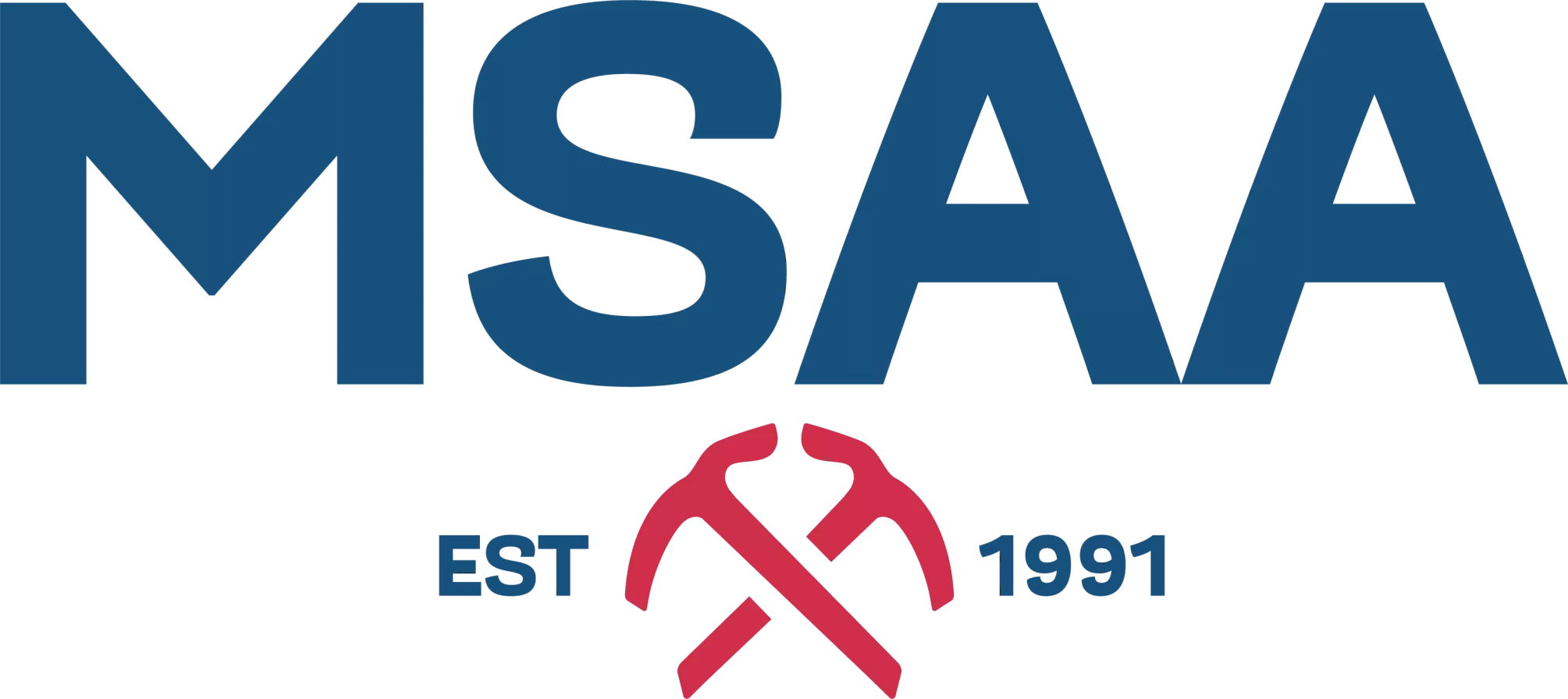Rain has returned to the Sea to Sky this week, sorely needed for wildfires still burning in the region and giving the soil on hiking and mountain bike trails a chance to replenish its moisture. While it has been an unseasonably hot dry summer – an anomaly that seems to be becoming an annual trend her in British Columbia – outdoor folk of the Pacific Northwest know full well that rain can often arrive unannounced and linger for longer than expected.
Thankfully technology has us covered in the form of waterproof breathable fabrics. And there’s one household name that has dominated this corner of the outdoor apparel market for decades – Gore-Tex. Invented in 1969 after Bob Gore experimented by quickly stretching a piece of polytetrafluorethylene (PTFE), a material that was being used for electrical cable housing. The result was an extremely thin film – now termed “membrane” – with billions of microscopic pores, impervious to water but large enough to let sweat vapour through. Sandwich the expanded PTFE between a nylon outer shell and a durable backing (to avoid dirt and sweat to clogging the tiny pores) and you have the 3-ply Pro Shell jacket sold by dozens of apparel companies. Those jackets all feature the prominent GORE-TEX stamp on the garment and a large diamond shaped hang tag that explains the benefits of the technology. – namely being able to keep you dry from the elements while still allowing the garment to breathe effectively.

at Helmcken Falls, British Columbia. Climbing so close to a pouring waterfall requires a waterproof and breathable jacket for optimum comfort | Photo by Chris Christie/christie-images.com
But Gore is no longer the only player on the membrane market. The patent for the expanded PTFE membrane expired in 1997, prompting companies such as eVent to enter the industry with less stringent design constraints than Gore. A few years ago Polartec threw its hat in the ring with NeoShell, boasting improved breathability over equivalent Gore-Tex product, prompting what many have seen as an outdoor apparel arms race.
So when you are shopping for a waterproof breathable jacket or pants, what are the considerations? One of the biggest is deciding between breathability and durability. Gore-Tex is known (and often trusted) to have superior durability, one of the reasons why the company keeps a close eye on the design of any garment featuring its membrane and sending it back to partnered brands with a laundry list of modifications. eVent Fabrics – sometimes re-branded under partnering brands such as Mountain Hardwear’s Dry Q – boasts superior breathability but doesn’t stand up to the same level of abuse as Gore’s Pro products. Waterproofness and breathability also operate on opposing sliding scales, meaning the more water your jacket can hold out, the less it breathes when you are engaging in aerobic activity. NeoShell has exceptional breathability but the face fabric can wet out if subjected to extended periods of rain. However, NeoShell also comes with 4-way stretch in its fabric, making the wearing the garments more comfortable without the raspy nylon sound found with a lot of 3-ply Gore-Tex jackets.

To summarize:
If you plan on using a jacket in wet, freezing and otherwise harsh conditions, opt of Gore-Tex or a similarly performing hardshell to make sure you stay dry over many seasons.
If you want something light and packable to stuff into the bottom of your pack just in case it rains, consider an eVent jacket or Gore-Tex Active (Gore’s more breathable membrane) jacket.
If you plan on using the jacket for high output aerobic activity, consider NeoShell or a light shell with eVent (or equivalent).
Contrary to most brands’ marketing campaigns there is no “ultimate” jacket that does everything well. For this reason, many outdoor folk have several jackets in the closet for different applications e.g. One for skiing in the freezing rain and one for emergency use in case it rains on their hiking trip. In any case, if it looks like rain, remember your membrane.
Learn about training courses at the academy:
- Avalanche Awareness
- Avalanche Transceiver Use
- Companion Crevasse rescue kit training
- Pre-trip planning and preparation
- Climbing rescue course
- Winter navigation (GPS, map, compass, altimeter use) and route planning
- Level 1 avalanche course also known as the AST 1 course
- AST 2 course also known as the AST 2 course
- Avalanche training
- Wilderness First Aid
- Mountaineering course
- Ice climbing tours
- Avalanche course
- Backcountry skiing tours
- VIP Backcountry tours
- Heli Drops 🙂
- Backcountry ski guides
For further information about our backcountry tours contact Mountain Skills Academy!
